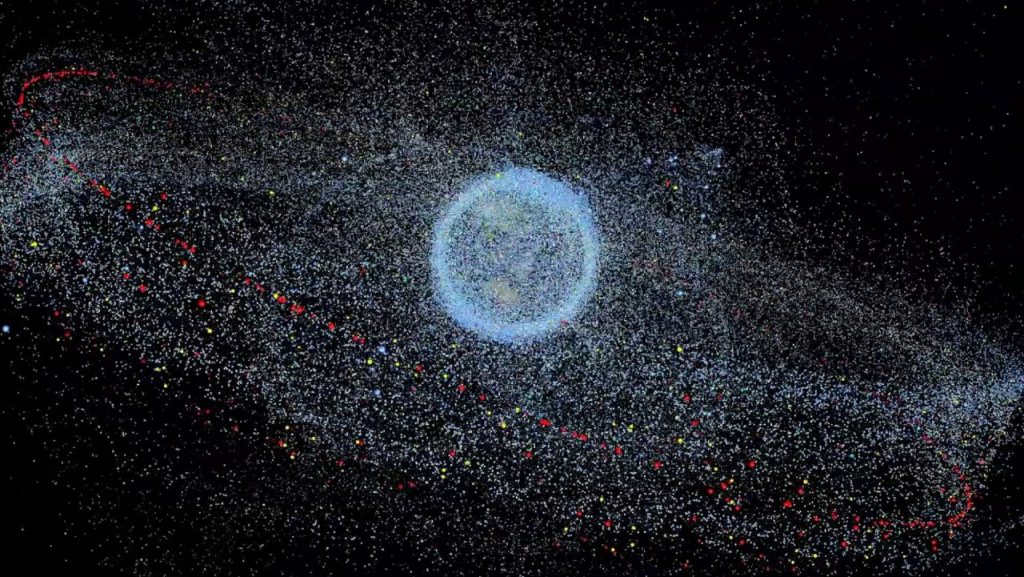Nature, the British weekly scientific journal, published a dramatic editorial on the urgency to find a solution on space garbage orbiting around Earth. More than 29000 satellites, rocket’s pieces and debris are circling the planet, but the smaller items are several millions.
Many companies have launched or have programmed to launch thousand satellites to form megaconstellations for communication system. The amount of space object orbiting over the atmosphere are so increased to cause serious risk of collisions. For instance, the European Space Agency’s operations in Darmstadt, Germany, received hundreds of daily e-mails of warning for potential space smash-ups, and recently International Space Station’s robotic arm suffered of a 5-millimeter-wide hole, caused by the collision with space junk.
Which are the possible solutions? First of all, Nature suggests that satellite operators must have an accurate up-to-date list of what are in the space. Today this is still impossible, due the lack of information on some countries, as United States, China and Russia. Mostly, is necessary to create a unified system of traffic management. Last 25th august started the 64th edition of the UN Committee on the Peaceful Uses of Outer Space with the goal to find solutions to the issue of space junk. The working group is examining technological innovations using a wider array of radio frequencies and orbital slots necessary to establish a collaborative space tracking and avoidance system.
Nature suggests innovations such as techniques to track and display the locations of orbiting objects in real time, helped by artificial intelligence to help automate debris-avoidance maneuvers.
Surely, an effective complementary solution would be a miniaturized high-thrust propulsion system that would change suddenly the orbit on request.
Exactly for this application, MIPRONS is trying to develop the tiniest, most powerful and versatile space propulsion system that could avoid space collision, thanks to its very high thrust in tiny dimensions.
This innovative propulsion system is ideal for commercial, scientific, intelligence, defense and security applications.

